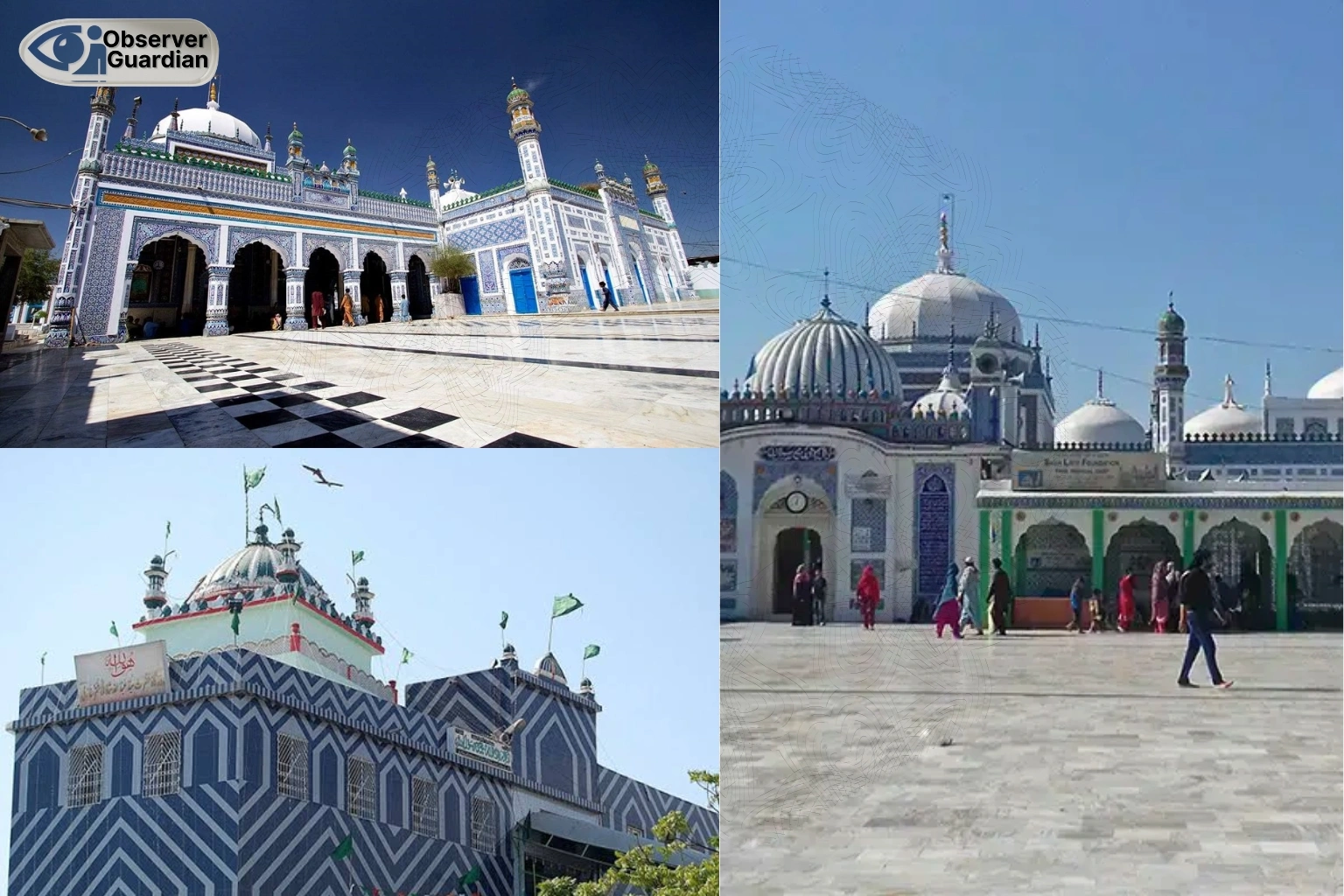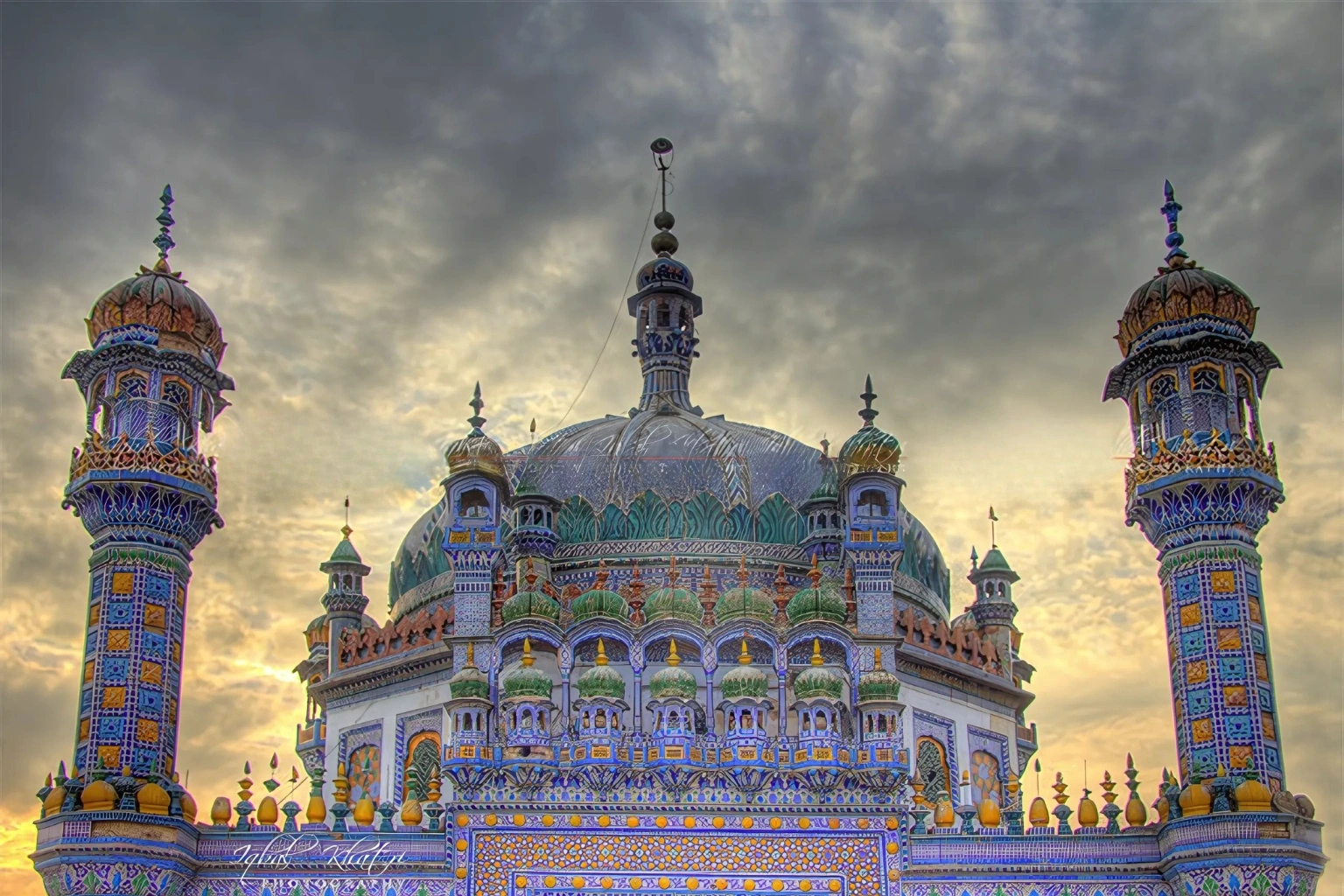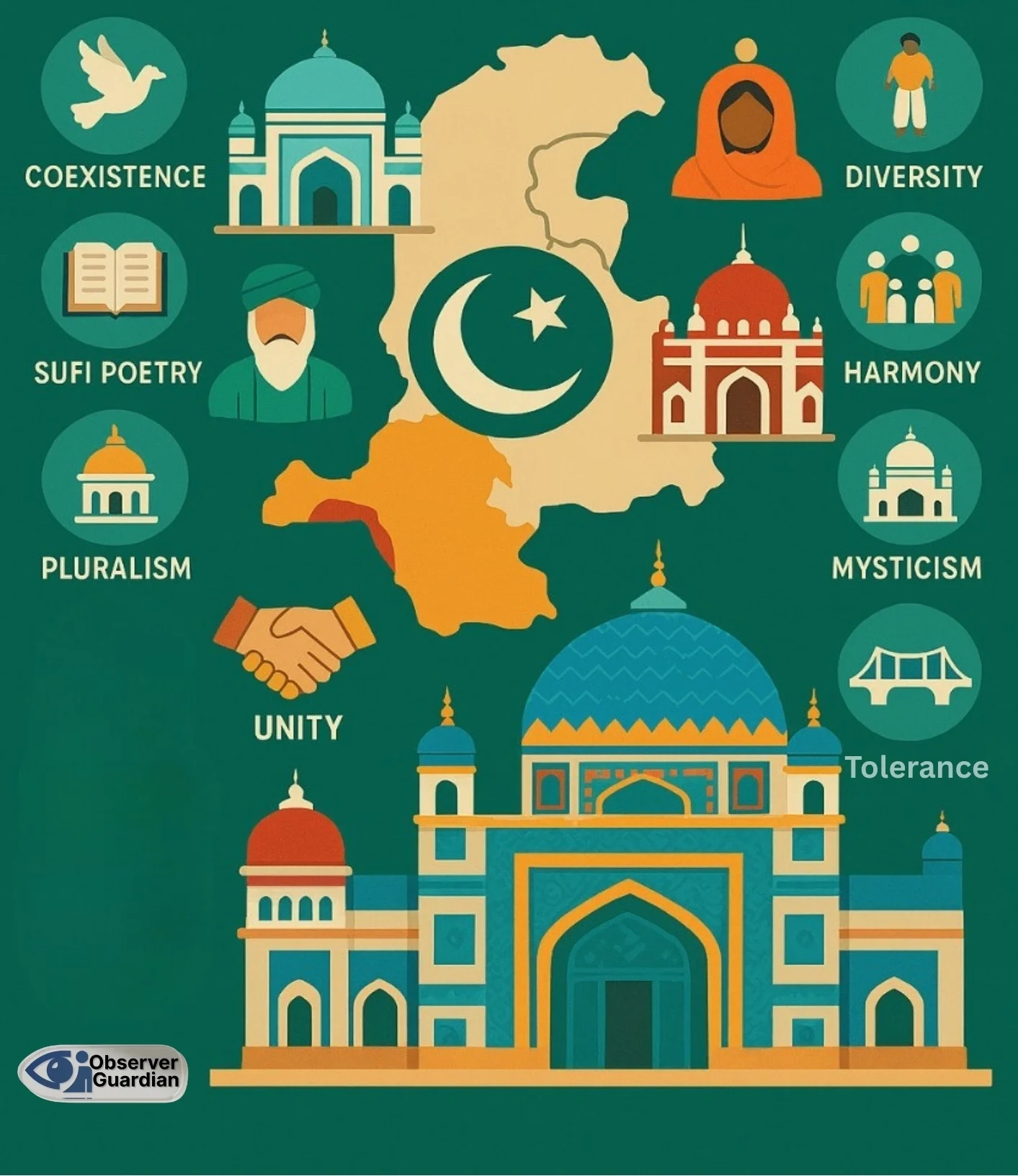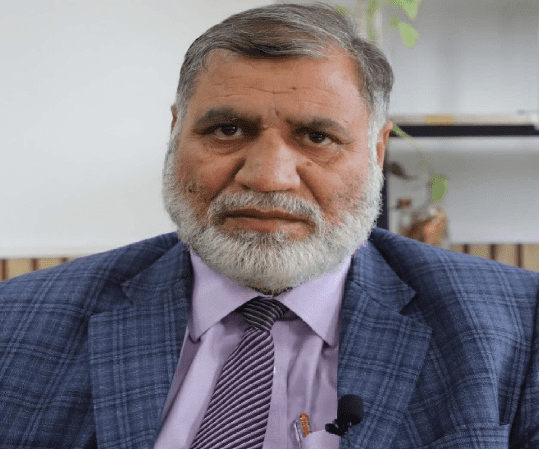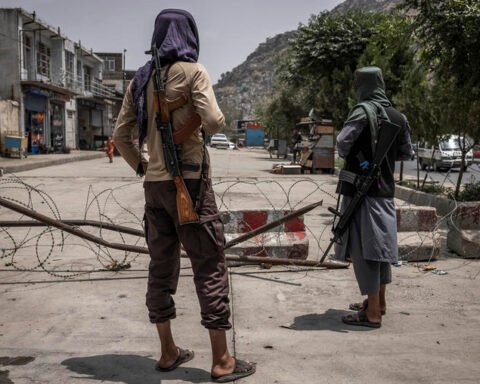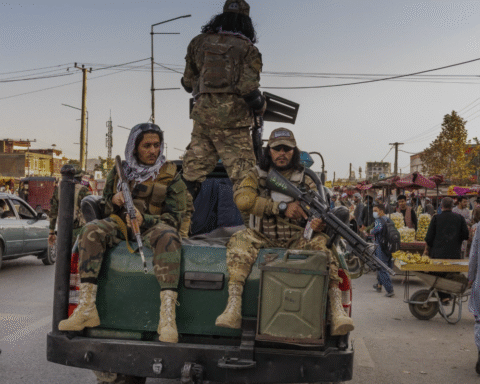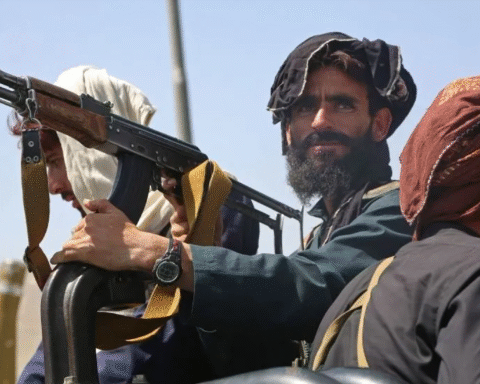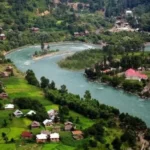The depth and heart of Pakistan is Sindh and it is frequently acknowledged as the plot of glorified soul and spiritualists. It ties people and communicates harmony. Its sanctuaries relax millions every year, exceeding faith and class, and tie individuals together in devotion.
If someone ever stepped into a Sufi shrine in Sindh, they would know the feeling. The noise of the outside world fades, replaced by music, prayers, and the steady rhythm of footsteps circling the courtyard. People from every background Sunni, Shia, Hindu, Christian share the same space without anyone asking who belongs and who doesn’t. That’s the Sindh most people don’t talk about often enough. A Sindh where shrines aren’t just places of worship, but sanctuaries of peace that make room for everyone.
Take Shah Abdul Latif Bhittai’s shrine in Bhit Shah. It isn’t just a grave, it’s a living, breathing hub where poetry, song, and spirit come together.
Latif’s verses, when sung, aren’t sermons about exclusion. They’re invitations.
They remind people that Sindh belongs to all. Sufism, Sufism kar Sindh na ja (Sindh’s message of unity for all). On Thursday nights, when devotees gather to sing, you can hear the echo of those words in the air.
Folkloristan Infographics | Sufi Shrines Mapped by District, Sindh, Pakistan
pic.twitter.com/vQoIZFKZvH— Folkloristan (@folkloristan)
November 8, 2023
Then there’s Abdullah Shah Ghazi in Karachi, perched above Clifton and looking out at the Arabian Sea. The city around it can feel chaotic, but the shrine has its own rhythm. Fishermen come to pay respects, families climb the steps with prayers in their hearts, Hindus and Christians stop by too. Nobody checks IDs at the gate. People tie threads on the grills, drop coins into boxes, and whisper hopes for their children. For many Karachiites, the shrine is more than heritage, it’s a daily reminder that spirituality doesn’t belong to one sect or one faith.
That’s what makes these shrines special. They’re not just religious landmarks, they’re cultural anchors. People come for healing, for music, for food at the langar, or just for the sense of belonging. The dhamaal beats on Thursday nights aren’t entertainment, they’re catharsis. The shrines are where grief finds release, where the lonely feel less alone, and where faith takes the shape of community.
And it’s not just about Muslims. Sindhi Hindus have always been part of this story. They’ve been traders, teachers, and patrons of the arts for centuries. In towns like Shikarpur and Hyderabad, their temples sit not far from mosques and shrines.
Festivals overlap, markets thrive on shared trust, and even in tough times, coexistence endures. It’s not perfect and nothing is even, but Sindhi Hindus are a reminder that Pakistan’s cultural and economic life has always depended on diversity, not uniformity.
The soul of Sindh’s pluralism is its poetry. Shah Latif’s words, and later Sachal Sarmast’s, took local tales of love and loss and turned them into spiritual allegories. These poets weren’t preaching dogma, they were speaking about longing, inclusion, and the search for the divine. When those verses are sung in village courtyards today, they still carry the same power: unity expressed in plain, human terms.
That’s why Sindh feels like a counter-narrative within Pakistan. Where religion in politics often divides, religion in Sindh’s mystic tradition does the opposite. The shrines are not museums, they’re alive. They shape daily life, they welcome the marginalized, and they tell us that identity isn’t only about borders or labels, it’s also about shared values like tolerance, generosity, and love.
Think of Sindh as a tapestry. Some threads are Muslim, some Hindu, some Christian. Some are woven by saints, others by merchants. The pattern they form is distinctively Sindhi, yet also deeply Pakistani.
Shrines are the knots that hold it all together, reminders that unity is stronger when it grows out of diversity.
Sindh doesn’t pretend to be a utopia. There are tensions, inequalities, and pressures, like anywhere else. But the shrines endure, drawing in thousands every day. They remind people that in the middle of all the divides, there are still places where Pakistanis sit side by side and share space without suspicion.
In the end, that’s the real gift of Sufiyana Sindh. It’s not just a regional identity, it’s a national lesson. The saints and their shrines don’t just belong to Sindh, they belong to everyone who believes Pakistan’s strength lies in its pluralism. From Bhit Shah to Clifton, the message is the same: unity is possible, and diversity is worth celebrating.
Disclaimer: The views and opinions expressed in this article are exclusively those of the author and do not reflect the official stance, policies, or perspectives of the Platform

